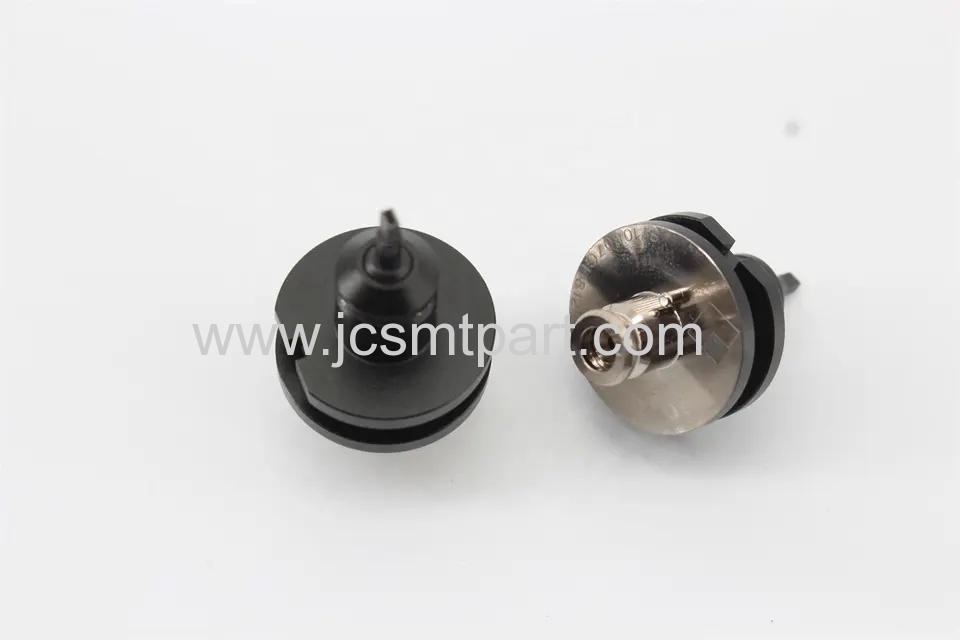
|
Jinchen Electric Technology Co.,Ltd
|
Gold Index: 37414
Product (515)
- SMT line (11)
- JUKI Feeder (34)
- FUJI feeder (16)
- Panasonic feeder (8)
- Yamaha feeder (20)
- Samsung/Hanwha feeder (20)
- SMT nozzle (93)
- SMT FEEDER calibration jigs (11)
- SMT spare parts (183)
- SMT feeder parts (33)
- SMT feeder cart (9)
- Marketing Product (71)
- ESD products (4)
- SMT AI Part (2)
News (39)
Credit Report
Products Index
Company Info
Jinchen Electric Technology Co.,Ltd [China (Mainland)]
Business Type:Manufacturer, Trading Company, Agent, Service
City: Dongguan
Province/State: Guangdong
Country/Region: China (Mainland)
News
How to troubleshoot common issues with smt motors?

Check the power supply: Ensure that the motor is receiving the correct voltage and that the power supply is stable. Verify if there are any loose connections or damaged cables that may be affecting the power supply.
Inspect the wiring: Examine the motor's wiring for loose connections, damaged insulation, or any signs of overheating. Ensure that the wiring is properly connected to the motor and that there are no short circuits.
Check the motor driver: If the motor is not functioning, verify that the motor driver is working correctly. Inspect for any damaged components, loose connections, or burnt-out circuits on the driver board.
Test the motor: Disconnect the motor from the driver and test it separately. Apply power directly to the motor and check if it runs smoothly. If the motor does not run, it may be faulty and in need of repair or replacement.
Inspect mechanical components: Check for any obstructions or mechanical issues that may be preventing the motor from running smoothly. Look for worn-out gears, misalignments, or damaged bearings that may need to be repaired or replaced.
Consult the motor's documentation: Review the motor's user manual or technical documentation for troubleshooting guidance specific to your motor model. Manufacturers often provide troubleshooting tips and common issues that can help you identify and resolve problems.
If the issue persists or if you are unsure about any step, it is recommended to consult a professional technician or contact the motor manufacturer for further assistance.
Pre Page:
What is the important equipment in SMT...
Next Page:
How to distinguish original FUJI nozzle...


